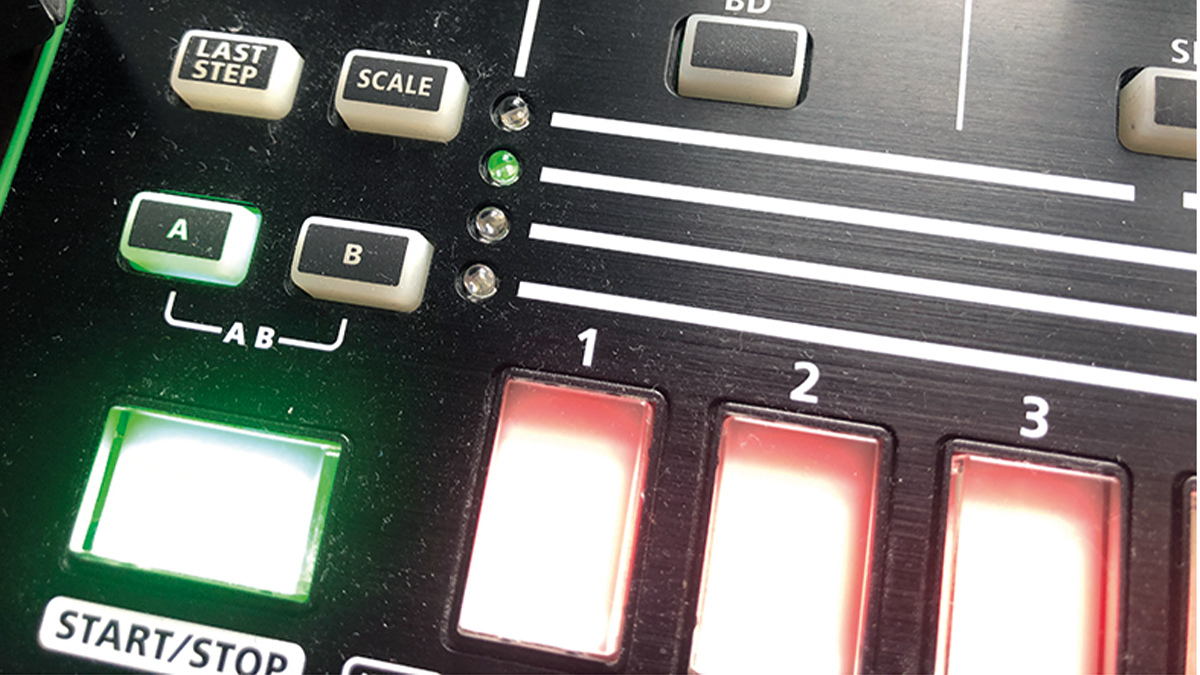How to use two drum machines to make polyrhythmic patterns
Switch up your sequencing and dial in some complex, head-spinning polyrhythms

Are you getting bored of dialling in the same old rhythms? Let’s discover how we can switch things up and get more out of our sequencers.
By pushing our sequencers a little further, we can break away from the rhythmic norms that we're used to. Whether it’s building polyrhythms, creating evolving patterns or changing up your percussive flow, there’s so much more you can do with sequencers than create basic, rigid patterns that stick to expected templates.
Most hardware drum machines tend to not be great for polyrhythms on their own. The solution? Use two...
- These are the best drum machines you can buy
- And these are the best samplers in 2022
- Perhaps you're looking to take a look at the best synthesizers instead?

Step 1: Drum machine sequencers are generally 16-step (or some multiple of that) and while many allow users to edit sequence lengths for individual sounds, the ability to have two time signatures running in sync at the same time is rare. The solution? Use two – here we’re using Arturia’s DrumBrute Impact and Roland’s TR-8.

Step 2: We have the Impact synced to the TR-8 clock via MIDI connection. To start, we create a straightforward four-to-the-floor beat on the Impact, with kicks on each beat (steps 1, 5, 9 and 13) and open hats on the offbeats (3, 7, 11 and 15).

Step 3: We can use the TR-8’s Scale mode to change the division of steps for each beat while keeping the clocks of our two machines in sync. We set it to the second mode, 16th note triplets, whereby we get three sequencer steps for each beat coming from the clock.

Step 4: Since our TR-8 sequencer is still 16 steps long, it no longer matches the length of the 4/4 patterns coming from the Impact, so step 1 on the TR-8 and step 1 on the Impact are out of phase. To change this, we set the Last Step on the TR-8 to step 12 (ie four rounds of three-step beats).
Want all the hottest music and gear news, reviews, deals, features and more, direct to your inbox? Sign up here.

Step 5: We can now program patterns with a triplet feel on the TR-8. We add rimshots to steps 1, 3, 5, 7, 9 and 11, with accents on steps 1 and 7, which correspond to the ‘on’ beats of our 4/4 Impact rhythm. We add a few high and mid toms to back-up this rhythm.

Step 6: Finally we add a snare using the TR-8 too. We could add this to step 7, for a straight house feel. Alternatively, a snare on step 9 would back up the triplet rimshot pattern. We place our snare on step 4 though, which clashes a little with the 4/4 pattern but results in a nice syncopated feel.
Future Music is the number one magazine for today's producers. Packed with technique and technology we'll help you make great new music. All-access artist interviews, in-depth gear reviews, essential production tutorials and much more. Every marvellous monthly edition features reliable reviews of the latest and greatest hardware and software technology and techniques, unparalleled advice, in-depth interviews, sensational free samples and so much more to improve the experience and outcome of your music-making.
